When thinking of NASA (the National Aeronautics and Space Administration of the United States), it is easy to expect the organization and the images they collect to be focused solely on what is "out there"—other planets, the solar system, and far-away galaxies. But NASA doesn't only look away from the Earth; it looks toward the Earth as well. Through owned and shared telescopes and other optical instruments, it captures images of everything from city lights, melting ice caps, phytoplankton blooms, to wildfire movement—in addition to distant stars as they form and explode.
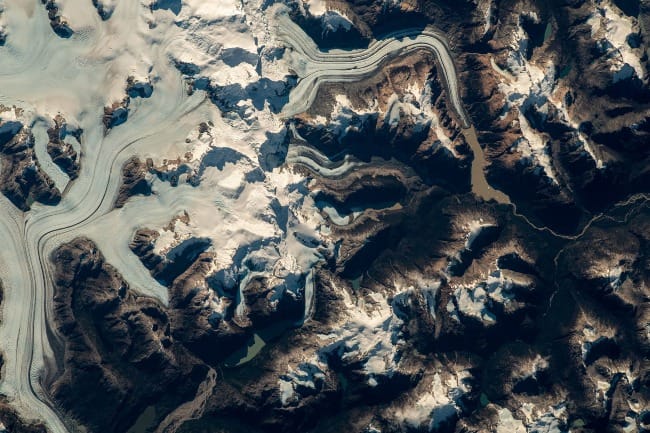
It is true that the most well-known NASA images are collected and created from the Hubble Telescope and the newer Webb telescope, which are designed for the purpose of seeing things far away from Earth. (They cannot, in fact, successfully photograph images of the Earth as it is too near and quick-moving). But NASA has many vantage points and lenses pointed at our own planet and these can help us better see and understand what is happening here on Earth.
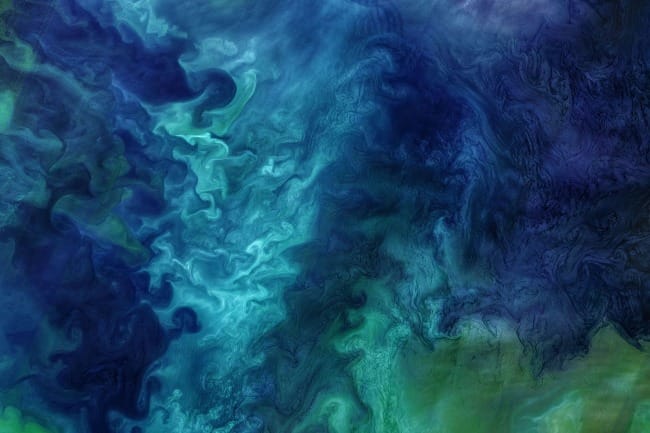
These images of Earth give us a way to get a much bigger picture of what is happening on our home planet than we would gain from our vantage point as a single creature standing on that Earth. We can see the scale of artificial light spreading across the globe, the recession of ice, river deltas, and the spread of volcano or wildfire plumes. They help us see patterns and change (when compared with other images), which can help us conceive of how we might better care for our planetary home.
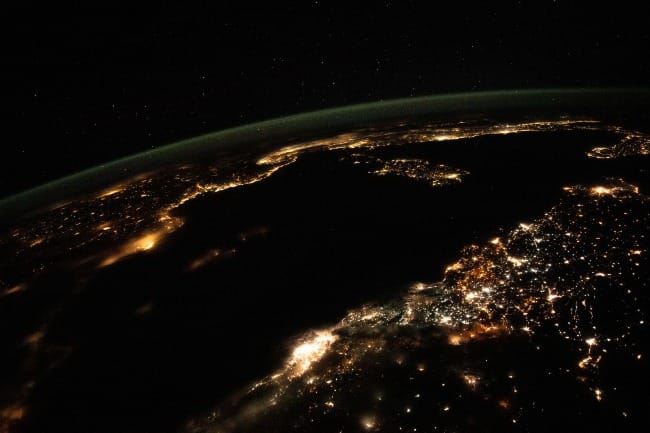
NASA has teamed up with musicians and other artists to create collaborative art that tells the story of our planet more fully. Last May, for instance, NASA, composer Henry Dehlinger, and National Philharmonic debuted a seven-part music and video multimedia work called Cosmic Cycles: A Space Symphony. The third movement is six-minute movement titled Earth as Art which you will find at the end of this post. The complete Cosmic Cycles looks at the Sun, the Moon, and far beyond, but central are the two movements focused on the Earth (the second of these is Earth, Our Home). The visuals, combined with the music, provide a tribute to the beauty of Earth, and also the reminder of its need for our care.

The NASA images that "look outward" (such as those from the Hubble and Webb telescopes) can, even in their outward looking, help us see our own planet in a different way. Instead of merely looking for a place to escape to if or when we destroy the world we are on, the larger view of the universe can remind us of our place as creatures on a single, miraculous planet in that universe.
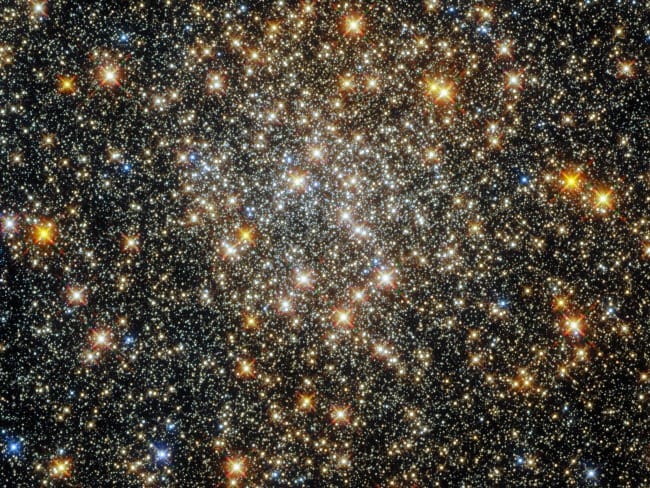
The images from the Hubble and Webb telescopes are painstakingly created by using filters that each capture different colors in grayscale, (some of which would be too subtle for us to see). By combining the results of these different filters, we can see different lights, gases, and other characteristics of that corner of space which have been translated into colors. Once an image is captured, it is not released to the public until several months of research and work has been done to make them ready for release.
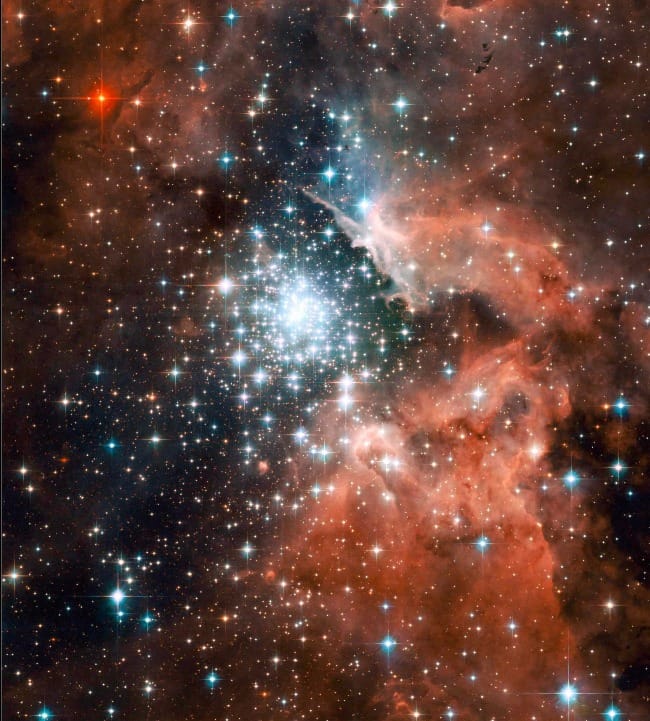
I don't know what God sees when God looks at the Earth and at the universe, but these artistic images broaden our views in ways that wouldn't otherwise be possible. If we choose to, we can use those wider perspectives to be better inhabitants of this Earth.
You can find more NASA images here. Click below to watch and listen to all or part of the six-minute Earth as Art movement of Cosmic Cycles find all seven movements of the work here.
Reflection Questions: Does stepping back from something ever help you to see it better? Are there new perspectives you gain about the Earth from images that give you a bigger view of the earth or our galaxy?
Feel free to leave a comment below or contact me directly at info@circlewood.online.
Louise
